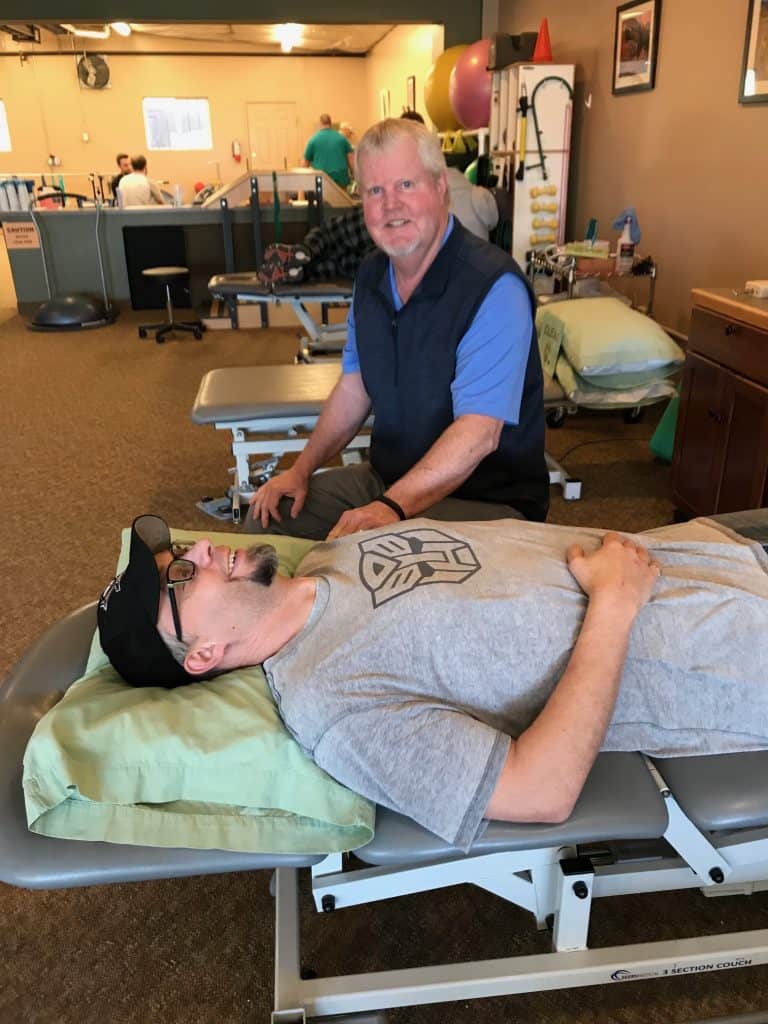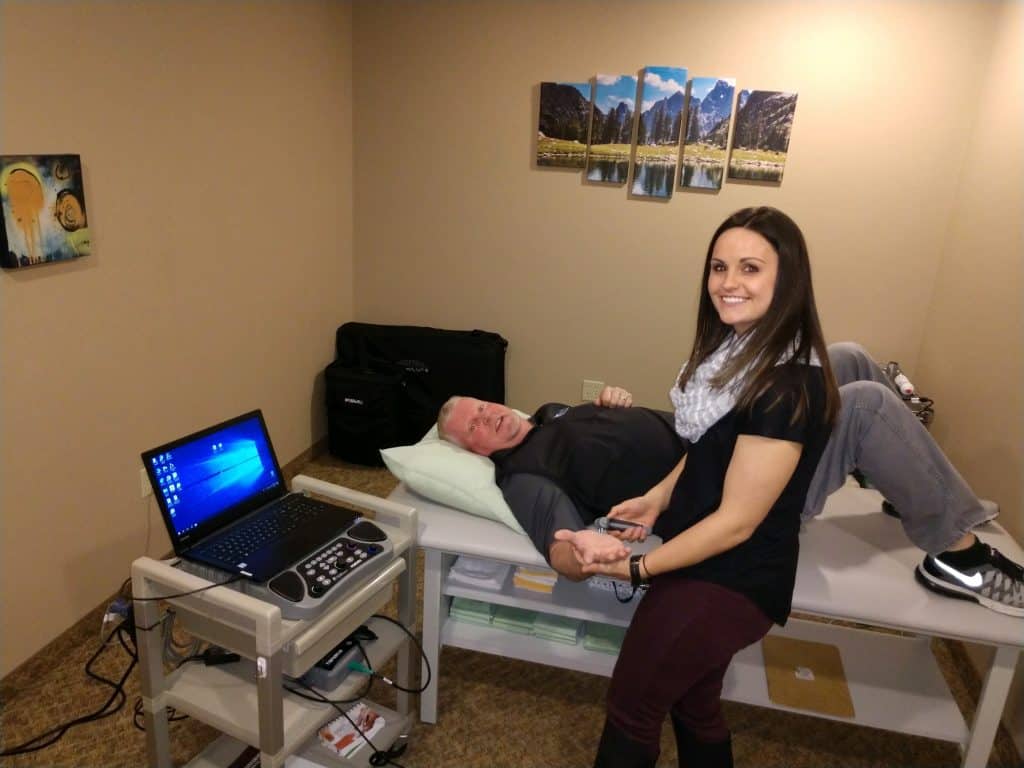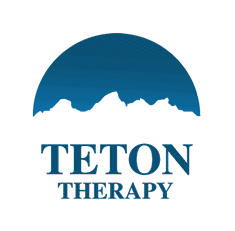One Patient’s Success Story
Mark Doebele is a physical therapist assistant at Teton Therapy in Riverton, Wyoming. When he woke up one morning with a stiff neck and pain that spread to his arms and hands, his life came a halt. Because he works with his hands and has to focus on relieving his patients’ pain every day, he knew he couldn’t go on too long with the pain and numbness. So, he asked his coworker, Sarah Flatt, a physical therapist at Teton Therapy, to help him. What she did next would help save Mark from weeks of waiting to hear what the problem is, and prevent an expensive and unnecessary surgery. Here is what Mark had to say:
Question: What was the issue you were having that made you seek medical attention?
Answer: I woke up one morning in December with a stiff neck, and over the next few days it got worse and worse. I had pain, numbness, tingling and loss of strength going down into the arm. It eventually made it down into my hand and middle finger. It became so painful, and nothing seems to help. I couldn’t work. I had X-rays taken which showed that my disc space (in my spine) had gotten smaller, which affects the nerves. I thought for sure that I was heading down the road for surgery, and fusion of the vertebrae.
As a Physical Therapist Assistant, that must have been hard to function without the use of your arm. How did your injury affect your work?
I lost strength in the arm and hand, which made it difficult to do my job like I am used to doing. We do a lot of hands-on care. I couldn’t concentrate very well on patient care because I was in so much pain.
How did it affect your daily life?
It really affected my sleep because I wasn’t able to get comfortable at night, which in turn made me tired throughout my work day. I was grouchy and not able to do things around the house.

Mark Doebele, physical therapist assistant at Teton Therapy, treating a patient in Riverton, Wyoming
Did you try any other medical interventions before asking Sarah Flatt, a physical therapist at Teton Therapy, to perform an Electromyography (EMG) and Nerve Conduction Study (NCS)?
Chiropractic care calmed it down some, but it returned within a few hours and almost made it worse at times. Other than that, the other options were X-rays and anti-inflammatory medications.
How has having quick access to diagnostic procedures, such as an EMG and NCS, helped you?
It let me know that I didn’t have nerve damage and that the irritated nerves would get better in time. And, it has. I avoided surgery! With physical therapy, it is almost back to normal now.

Sarah Flatt, a physical therapist at Teton Therapy in Riverton, Wyoming, performing diagnostic testing on Mark Doebele, physical therapist assistant.
What would you like people to know about diagnostic procedures such as Electromyography, Nerve Conduction Study, or Musculoskeletal Ultrasounds?
It gives you peace of mind, as well as lets you know where the problem is right away. It helps get to the root of the problem, rather than waiting and paying for other medical interventions that might not help. It saves you time and money and frustration.
I want my patients and the community to know about diagnostic testing and the benefits of imaging in a non-traditional setting, like your physical therapist’s office. This is especially helpful for us living in rural communities in Wyoming because we often have to travel far for those procedures. The testing located the true “why” of what was occurring, and helped me heal faster, save time and money, and get back to what I love doing, which is treating our patients.
What Exactly Is A Nerve Conduction Study, Electromyography, and Diagnostic Ultrasound?
Nerve Conduction Study (NCS)
- Nerves are electric impulses that travel throughout your nervous system
- An NCS assesses the ability of the nerves to send signals
- NCS tests whether the nerve is damaged
Electromyography (EMG)
- The brain tells muscles to move by sending nerve signals that tell them to work
- An EMG tests how well the nerve signal is communicating with the muscle
- If there is damage, it allows us to determine the location of that damage
- An EMG and NCS can help diagnose the following conditions:
- Nerve entrapment (e.g. carpal tunnel)
- Neuropathy (damage to nerves)
- Radiculopathy
- Myopathy (damage to muscles)
Diagnostic Ultrasound
- Allows us to visually assess structures underneath the skin
- Sends pulsed sounds and receives echoes to produce an image (think: bats & echolocation)
- Allows us to asses normal versus abnormal anatomy (the goal as a therapist is to get you to “normal”)
- Your physical therapist can use a diagnostic ultrasound to assess the normality of the following:
- Shoulder
- Elbow
- Hand & Wrist
- Hip
- Knee
- Ankle & Foot
Do you have more questions about diagnostic procedures, or do you think you could benefit from them? We offer these diagnostic procedures in our Riverton and Cheyenne locations. Call us today to find out more about how we can help you save money and get better, faster.
 Riverton (307) 857-7074
Riverton (307) 857-7074
Lander (307) 332-2230
Cheyenne (307) 514-9999
Sheridan (307) 683-0123
